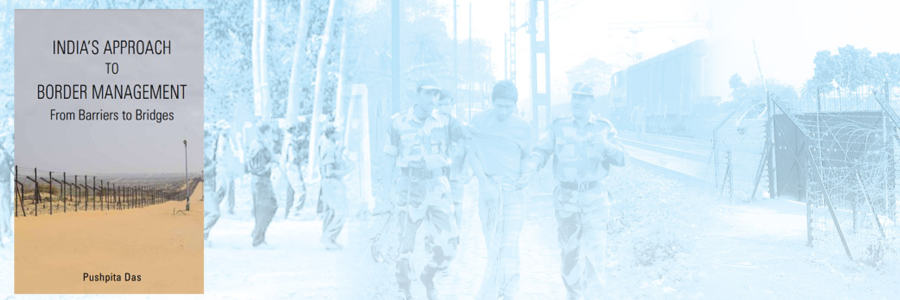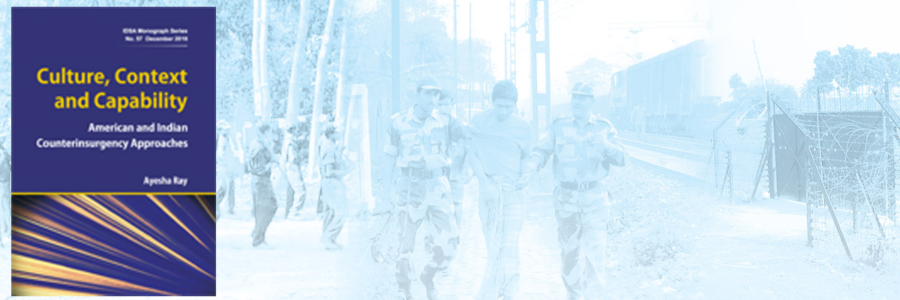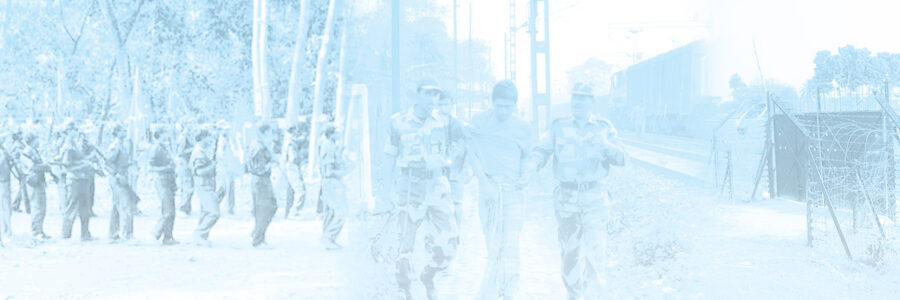Securitising Development and the Naxal Threat
It has been generally accepted that the Naxal issue is more than a law and order problem. With the socio-economic dimension being increasingly important along with the military one, a question that needs to be addressed by policymakers is, how to frame a coherent framework for merging both security and development policies.
- Medha Bisht
- February 12, 2007















